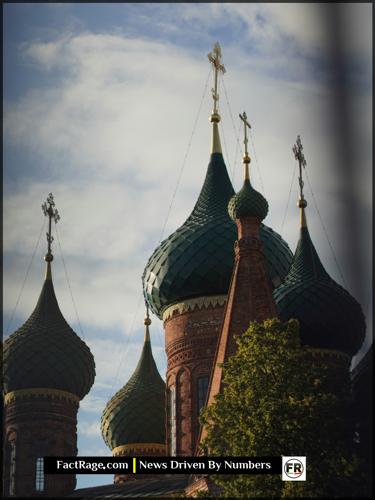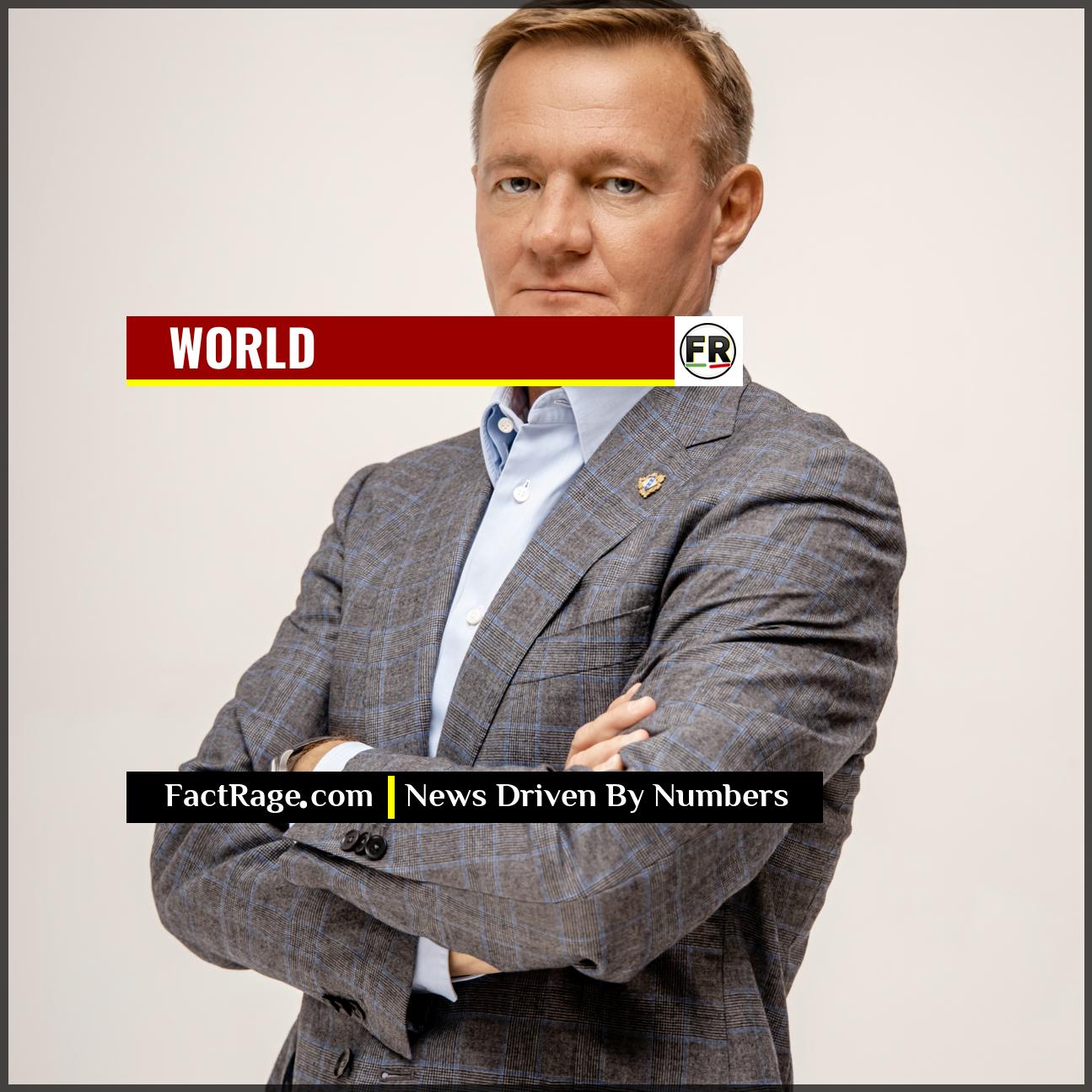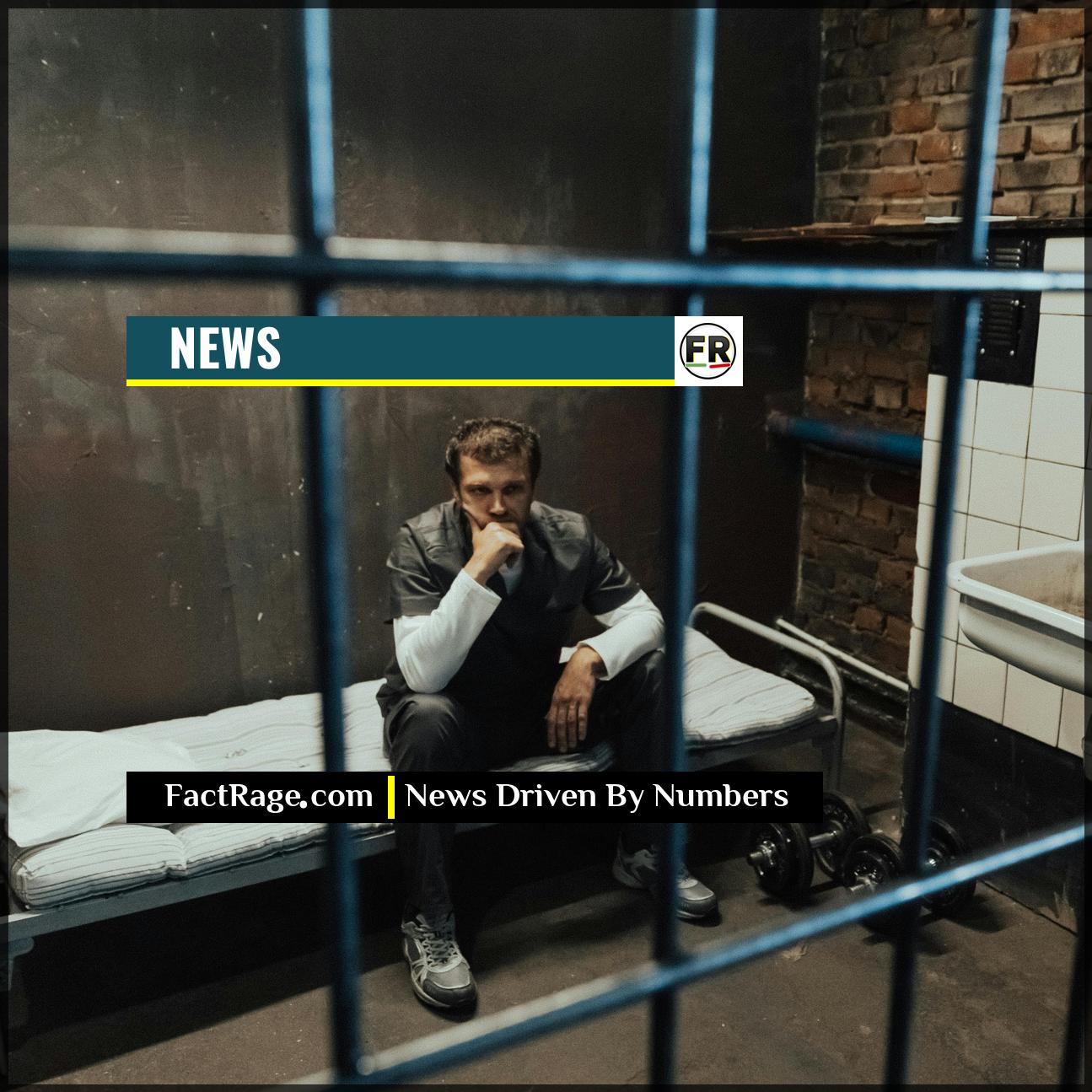MOSCOW, RUSSIA – Roman Starovoit, Russia’s recently appointed Minister of Transport and the former governor of the Kursk region, has died at the age of 52, according to Russian state media reports.
- Prominent Figure – Starovoit was a significant political figure, promoted to Minister of Transport in May 2024 after serving as governor of the Kursk Oblast, a region bordering Ukraine, since 2019.
- Official Cause of Death – State-run news agency TASS reported the cause of death as a heart attack, which occurred while he was swimming in the Black Sea near Sochi.
- Political Context – His death is the latest in a series of deaths of high-profile Russian officials and business leaders since 2022, often under circumstances that have drawn public and international scrutiny.
The death of a sitting federal minister is a significant event in any country. In Russia, where the lines between politics, business, and national security are often blurred, the context surrounding Starovoit’s career and death provides a window into the country’s current power dynamics.
The High Cost of a Kremlin Promotion
![]() When a high-ranking Russian official dies, speculation can often obscure the more telling political mechanics. Roman Starovoit’s recent promotion was a direct result of a Kremlin policy that rewards officials who prove their loyalty and competence under wartime pressure. His sudden death, therefore, isn’t just about a single event; it’s about the durability of a system built on such high-stakes performance.
When a high-ranking Russian official dies, speculation can often obscure the more telling political mechanics. Roman Starovoit’s recent promotion was a direct result of a Kremlin policy that rewards officials who prove their loyalty and competence under wartime pressure. His sudden death, therefore, isn’t just about a single event; it’s about the durability of a system built on such high-stakes performance.
Read On…
Below, we break down his career trajectory and what it reveals about the demands, rewards, and inherent fragility of Russia’s governing class.
From a Border Region Governor to a Federal Minister

Roman Starovoit’s political trajectory placed him at the center of some of Russia’s most critical challenges. Appointed governor of the Kursk Oblast in 2019, his role transformed dramatically with the start of the full-scale invasion of Ukraine in February 2022. Kursk, which shares a border with Ukraine, became a key logistical hub and a frequent target of cross-border attacks.
As governor, Starovoit was responsible for managing the region’s response to drone attacks, shelling, and the establishment of local defense forces, all while ensuring civilian life and regional industry continued to function. His performance in this high-pressure environment was apparently valued by the Kremlin. In a major government reshuffle in May 2024, he was promoted to the federal level as Minister of Transport. This move was widely seen as a reward for his loyalty and administrative competence in a strategic, war-adjacent territory. What did this promotion signal about the Kremlin’s priorities? It suggested an emphasis on officials with proven crisis-management skills and experience with wartime logistics.
The Official Narrative and a Pattern of Sudden Deaths
According to Russian state-owned news agency TASS, Starovoit died from a heart attack while swimming during a business trip in Sochi. The official account is straightforward, but it arrives within a broader context that invites questions.
Since early 2022, a notable number of prominent Russian business executives and officials, particularly within the energy and defense sectors, have died suddenly or in unusual circumstances. These incidents have ranged from reported suicides and accidents to unexplained illnesses. While there is no evidence to contradict the official report on Starovoit’s death, his passing inevitably joins this list in public and international perception. This pattern has created an environment of speculation about the intense pressures and potential dangers facing Russia’s elite, regardless of the specific cause in any individual case.
What Starovoit’s Path Reveals About Russia’s Power Structure
The career and sudden death of Roman Starovoit offer a clear illustration of the demands placed on officials within Russia’s current political system. To advance, individuals must demonstrate absolute loyalty and effective management, especially in roles critical to the state’s security and economic stability. A governorship in a border region like Kursk served as a high-stakes test of these qualities.
Starovoit’s successful navigation of this role, culminating in a cabinet position, marked him as a key technocrat within the government. His death, whether by natural causes or otherwise, removes an experienced administrator from a vital post at a critical time. More broadly, it underscores the intense, high-stress environment that defines public service for Russia’s political class. The system demands high performance under extreme pressure, a reality that impacts the stability and personnel of the government itself.
The Calculus of Power and Pressure
![]() Roman Starovoit’s story, from his governorship on the front lines to his sudden death as a federal minister, is a clear case study in the calculus of Russia’s current political system. The Kremlin rewards effective crisis management with power, yet the immense pressure inherent in these roles creates a fragile ecosystem for its key figures. Ultimately, the death of any such official, regardless of the cause, removes a critical piece from the board and serves as a stark reminder of the unforgiving nature of a government operating on a war footing.
Roman Starovoit’s story, from his governorship on the front lines to his sudden death as a federal minister, is a clear case study in the calculus of Russia’s current political system. The Kremlin rewards effective crisis management with power, yet the immense pressure inherent in these roles creates a fragile ecosystem for its key figures. Ultimately, the death of any such official, regardless of the cause, removes a critical piece from the board and serves as a stark reminder of the unforgiving nature of a government operating on a war footing.













